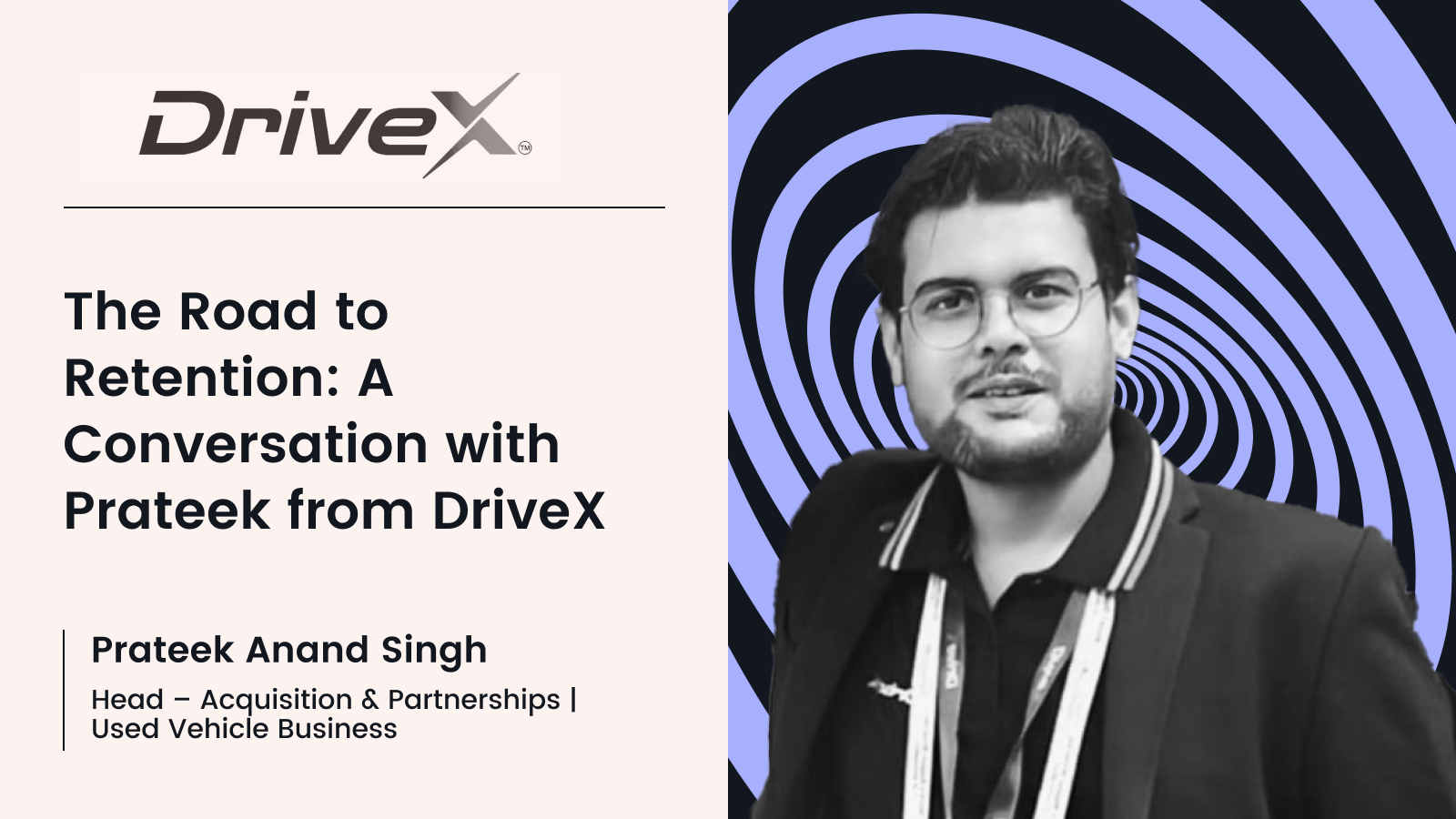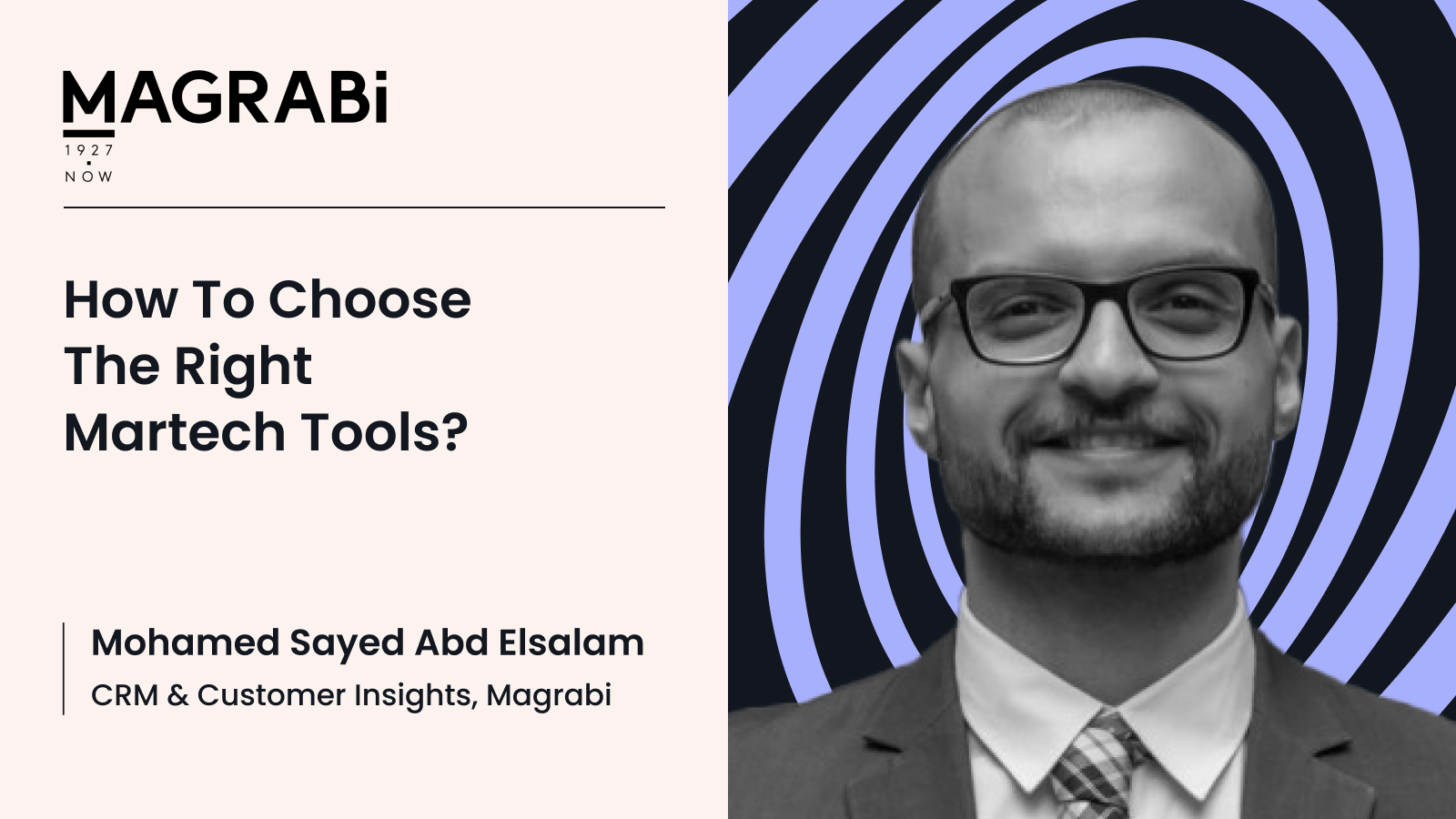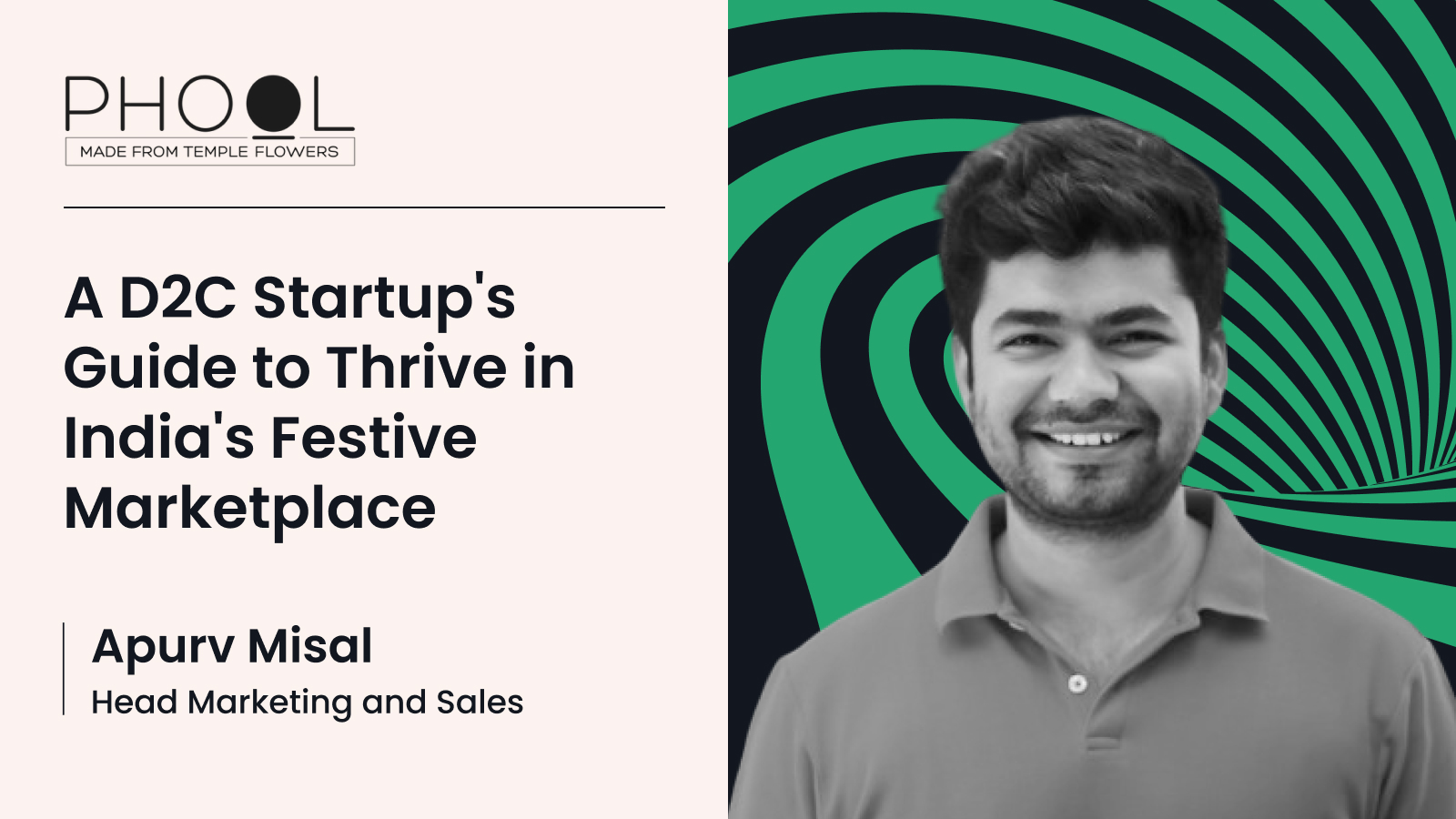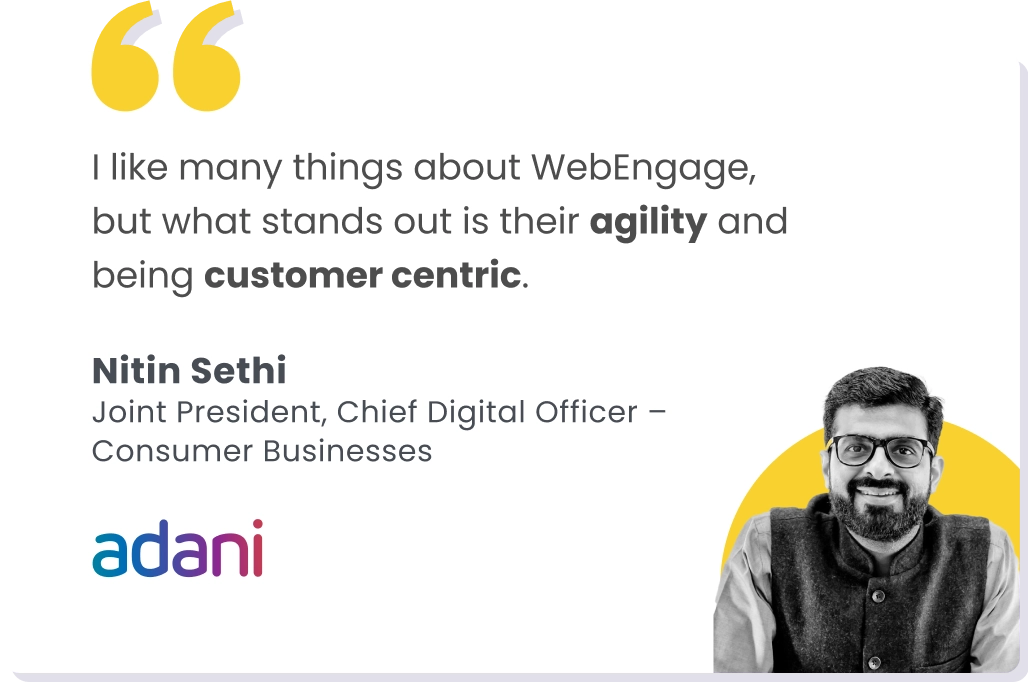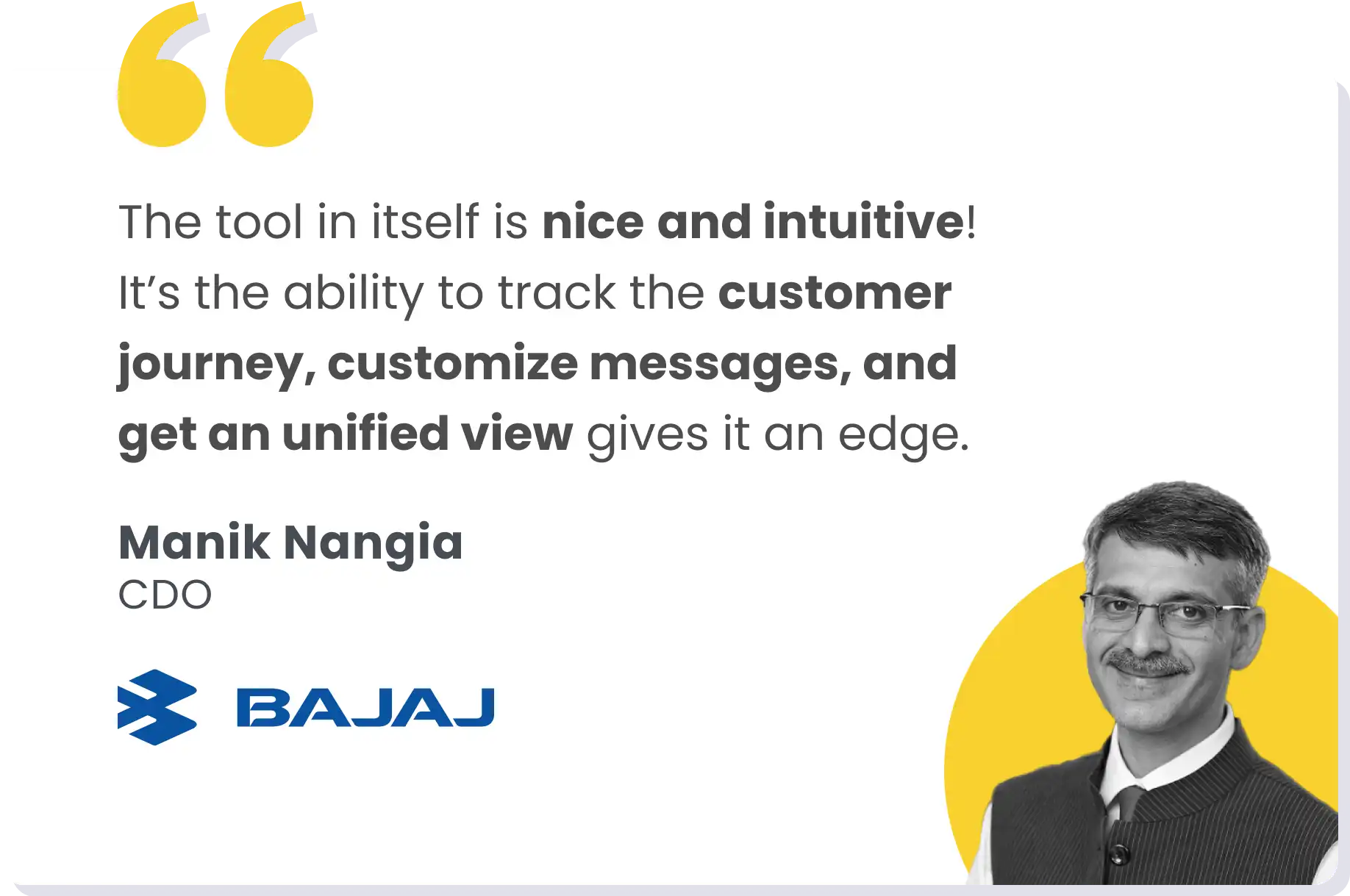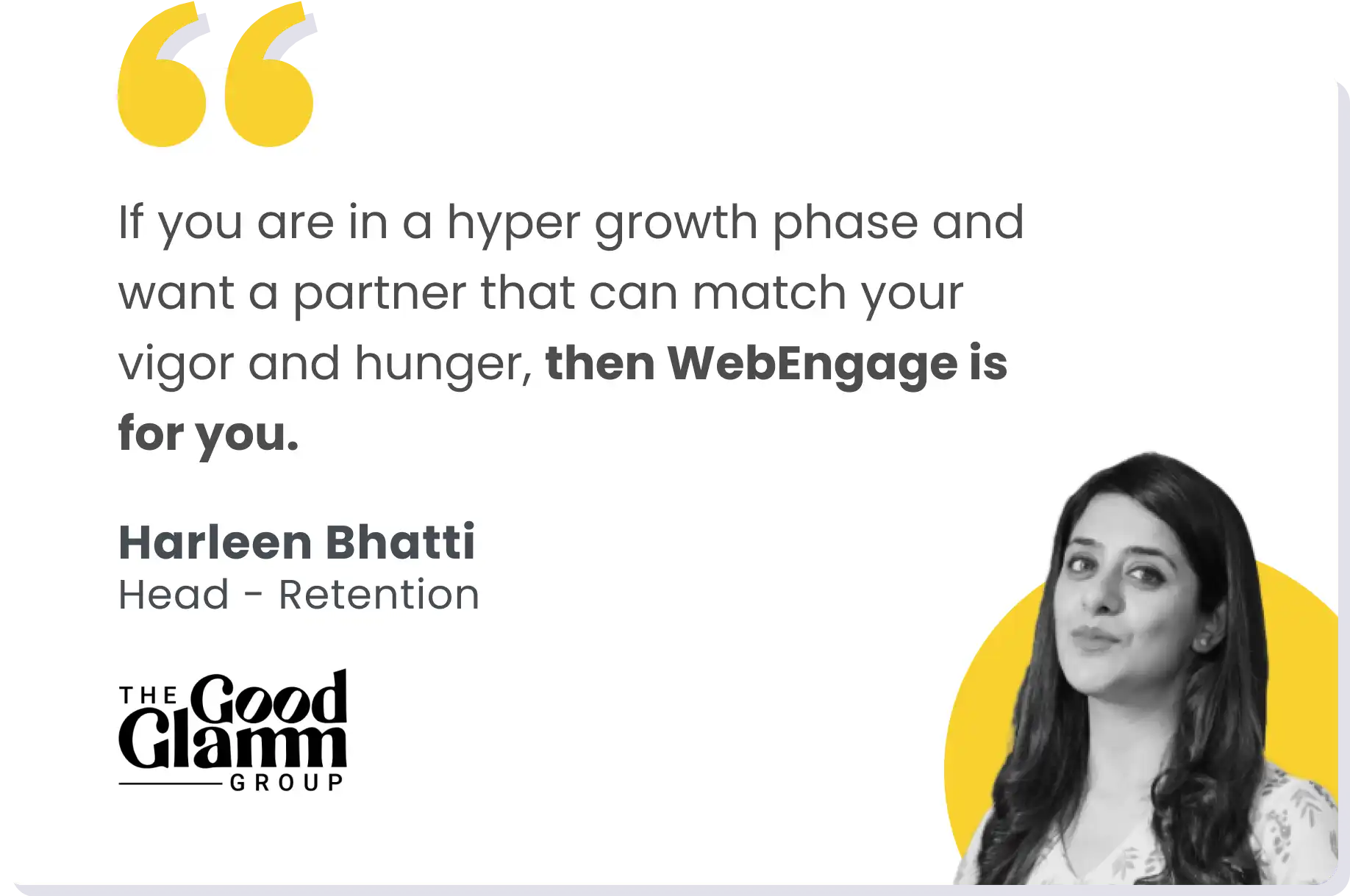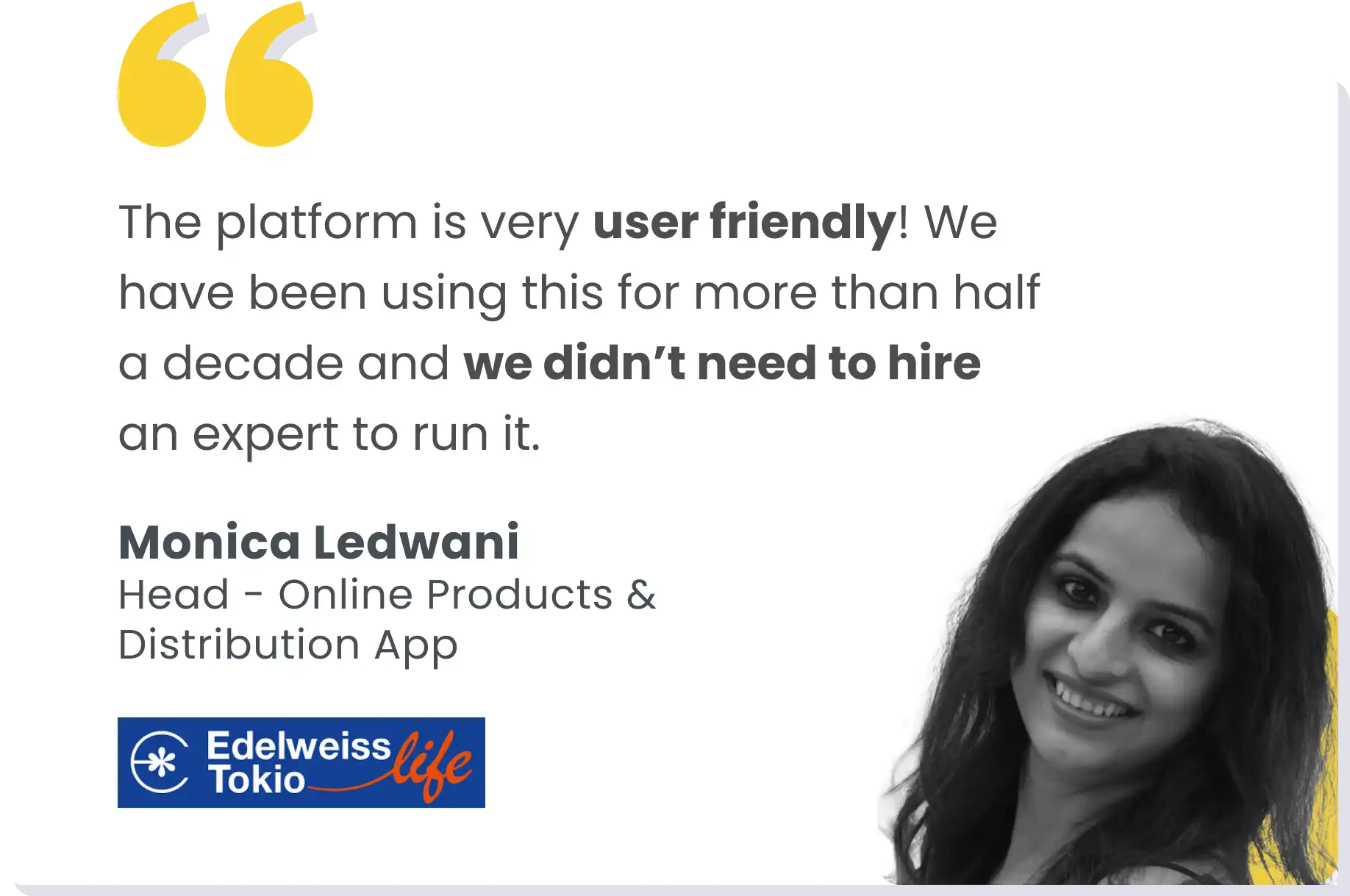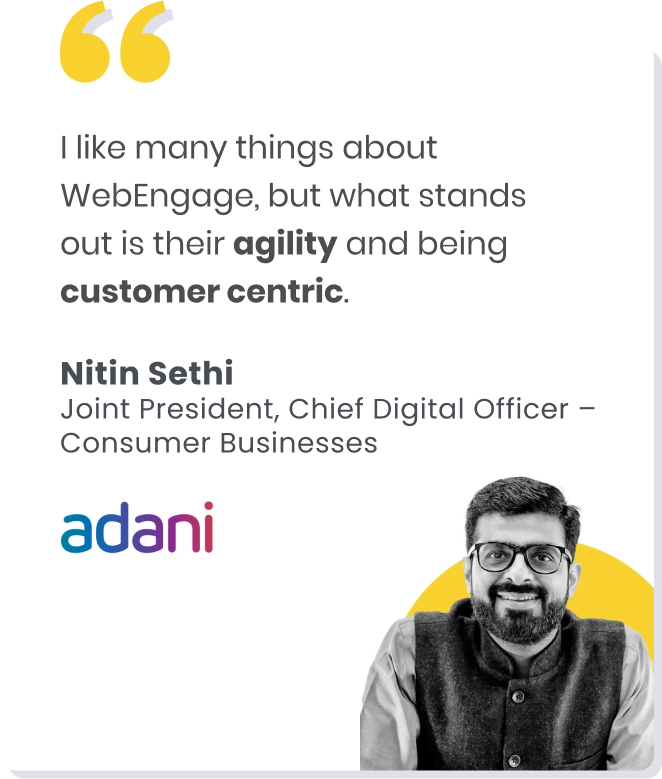What’s the secret to transforming uninstalls into engaged subscribers?
Is it using the best tech or delivering personalized content?
Or is it something to do with optimizing your retention tactic?
In this episode of the State of Retention podcast, our host Ankur Gattani, VP – Growth & Marketing, WebEngage, speaks to Udit Jain, VP – Digital Strategy & Growth, Outlook Publishing, to deep-dive into what strategies drive revenue optimization in the current media landscape.
Let’s look at some of his most invaluable insights for media professionals from the episode.
Unraveling the Media Maze: Strategies for Revenue Optimization
Navigating the complexities of the media landscape calls for a multi-faceted approach.
I can’t emphasize the importance of diversifying revenue streams beyond traditional channels. You need to include subscriptions, affiliate marketing, and branded content.
But first, you must have a clear strategy, which is the foremost thing to get clear on.
For example, when building a new business model or revenue stream, we need to understand that business model well.
At what point will we break even, and how will we create more value and revenue?
Relying solely on advertising is never enough. You must understand each stream’s challenges and opportunities and leverage those nuances to maximize your revenue potential.
I’ve noticed that implementing personalized content drives higher user engagement and conversion rates, especially if you use Customer Data Platforms (CDPs), which collect and analyze user data for more precise marketing.
When you focus on zeroing in on the intent behind user interactions instead of just clicks and conversions, your future campaigns deliver more value and improve user experience.
Evolving Revenue Models: A Journey through Media’s Shifting Focus
The media industry is constantly evolving, and as a result, so must our revenue models.
Until 2015-2016, most media organizations focused primarily on ad-based revenue and brand solutions.
Around 2015, media houses started focusing on ad revenue and brand solutions. Towards the end of 2017, they started focusing on ad revenue, brand solutions, and subscription revenue. Then, they started adding affiliates and other revenue streams.
This shift from traditional advertising to native advertising and branded content is because they offer a more seamless and less jarring integration of promotional material.
The key here is to remain adaptable and leverage new trends and tools to support sustainable growth, like subscriptions, which drive a steady ROI and help create a direct relationship with readers.
The Intent-Driven Approach to Successful Affiliate Marketing
Affiliate marketing is another increasingly popular way, giving media organizations like ours a way to monetize content through product recommendations and partnerships.
We can’t just look at clicks, conversions, or revenue. We have to understand the intent and create an affiliate division that solves a problem.
In this entire value chain, a user starts by discovering a need, then discovers products and services, and then evaluates those services.
Focusing on user intent allows you to understand their needs and provide content that helps them make informed decisions.
For example, if someone wants to buy an air purifier, affiliate marketing can provide detailed reviews and comparisons to help guide their buying decision.
As a result, conversions and audience trust increase as users tend to stay more loyal to a site that provides helpful, relevant information.
Enhancing Social Media Content for Traffic and Engagement
Social media is a critical channel for driving traffic and engagement for us. To grow traffic, we had to understand how to make our content relevant for social commerce.
I recommend aiming for increasing social shares, using engaging headlines, compelling visuals, and relatable topics.
Another trick I learned was that the algorithm picks up stories that did well in the first half-hour. So, if you know that horoscope content is read in the morning and you post during that time, it’ll pick up, with the Facebook algorithm pushing it further.
From such experiments, it is clear that timing and relevance are key factors.
Navigating the Ephemeral Nature of Content: A Deep Dive into Editorial Choices
Content has become increasingly fleeting. Trending content can deliver quick traffic and engagement, but the impact doesn’t last long, say 2 to 3 days max.
We always have to balance trending and topical content. Topical content has a long tail; a story written today will continue to attract traffic for the next six months to a year.
When you consistently strike the right balance between these types of content, you can ensure that your media company remains relevant while also building a long-term audience.
With editorial decisions, you must factor in each piece of content’s potential lifespan and impact.
Inside Outlook Group: Navigating the Digital Ecosystem and Consumer Touchpoints
At Outlook Group, we’re keen to expand our digital footprint with varying properties to cater to a wide audience.
For example, six months back, our flagship property was OutlookIndia.com. Now, we have OutlookIndia.com, Outlook Business, Outlook Traveler, Outlook Startup, Outlook Hindi, and Outlook Money.
By launching new specialized properties, each tailored to address a specific audience subset’s unique needs and interests, we can increase user engagement and brand loyalty.
Integrating all these properties seamlessly means leveraging shared resources, cross-promotion, and content optimization across the board.
As a result, we can create a cohesive brand experience for our users.
Transforming Uninstalls into Engaged Subscribers at Inkle
Turning uninstalls into engaged subscribers was a critical challenge to overcome. We had to understand why users leave and address those pain points.
We studied the data at Inkle and learned that users were asking an important question: Why should I pay for news when it’s free?
Since it is a paid app, they end up uninstalling it.
To tackle this, we started with a welcome series addressing users’ key questions when installing a news app, like why they should pay for news and what makes Inkle different.
We wanted to educate users on the value and benefits of a paid subscription and sent targeted emails, app push notifications, and in-app banners to ensure our users see a consistent message across multiple channels.
By clearly communicating the value and the differing features from competitors proactively, you can transform potential churn into long-term engagement.
Engagement Balance: Nurturing User Interests without Echo Chambers
This is another important challenge for media companies and needs a nuanced approach.
We’ve noticed that the number of users accessing free content might drop, but users accessing paid content are more serious.
They are already paying for news, so they are more open to exploring different points of view.
One interesting feature we leveraged was ‘Dive Deeper.’ It automatically categorized content, allowing users to see different stories from left-leaning to right-leaning and everything in between.
Maintaining this balance is key since users are more likely to stay loyal to a platform that delivers a comprehensive view of issues instead of just reinforcing their existing biases.
Even your engagement strategies must ensure your users get access to a variety of content types and topics to avoid content fatigue.
As a result, personalization plays a key role here because it allows you to recommend content that aligns with users’ interests while subtly introducing new and diverse topics.
Engagement is not necessarily valued. Additionally, this value has to be created and measured.
One way to do it is by studying the conversion phase. We created engagement levels, E1 to E16, like a staircase.
We realized that zeroing in on active reading days was more important than the average time spent or the number of stories consumed because it tracks user interest and satisfaction.
From Acquisition to Retention: Decoding the First 120 Days
The first 120 days are foundational for building a loyal community of users.
During this time, we closely study engagement levels and ensure users get the value they seek by introducing new users to our value proposition.
As I mentioned previously, one way we do this is through our personalized welcome series.
We use push notifications, emailers, and in-app messages to address common queries and highlight our unique benefits and features.
Then, after four months, they are convinced and more likely to stay for the long term.
Ensuring such high engagement levels means you must go beyond frequent interactions.
Take, for example, the onboarding experience. A smooth and informative onboarding process will help users quickly understand how to navigate it more efficiently.
You can include tutorials, guided prompts, or app nudges while ensuring they have easy and instant access to customer support.
All of this plays into community building, too. When you encourage new users to share their opinions or participate in discussions, you help them feel more connected and invested in that platform or app’s content.
Unlocking User Profiles: CDPs and the Future of Personalized Content
To truly personalize content at scale, Customer Data Platforms (CDPs) have become indispensable to our workflow.
CDPs can unify user data from all our touchpoints, enabling us to create rich, detailed profiles. These profiles help us deliver highly relevant content that speaks to users’ interests, behaviors, and needs.
The value of a CDP lies not just in collecting data but also in activating it across channels.
With a CDP, we can dynamically adjust content recommendations, messaging, and even timing so that every touchpoint is optimized for the best possible user experience.
Conclusion
In this episode of the State of Retention podcast, Udit offers many more nuggets of insight for media companies looking to improve user retention and optimize their revenue models.
Our interview clearly demonstrates that his commitment to understanding user behavior at a granular level is responsible for translating that into meaningful engagement.
If you’re serious about building an engaged, loyal audience for media users, check out the full episode here.
Looking for more such insider deep dives? Explore more podcasts here!





